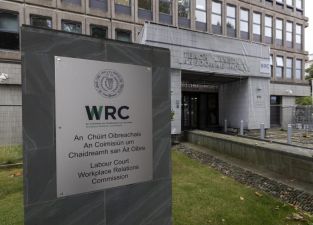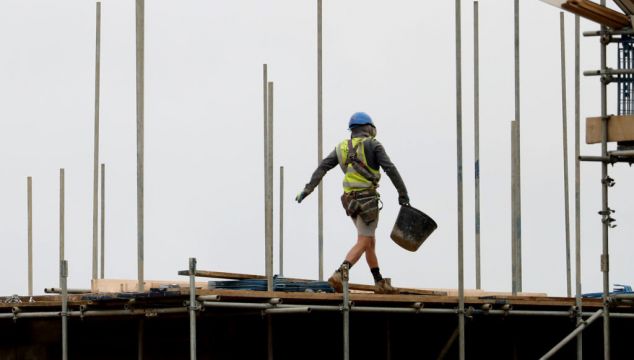Construction of 1,592 apartments in north Dublin’s Drumcondra has been blocked by the High Court due to flaws found in its planning permission.
Permission for the €602 million build-to-rent scheme, comprising 540 studios, 603 one-beds, 418 two-beds and 53 three-beds, was granted back in November 2021 to the Irish arm of US real estate giant Hines.
The contentious strategic housing development proposal attracted more than 120 submissions, including from Sinn Féin leader Mary Lou McDonald, who stated that approval would only exacerbate the housing crisis.
Seminary site
The 12 apartment blocks, ranging in height from two to 18 storeys, was to be built on the site of the former Holy Cross seminary, on Clonliffe Road.
The fast-track approval for the scheme was challenged in the High Court by Fionuala Sherwin, of Knocksinna Grove, Foxrock, Dublin, who describes herself as a practicing Catholic.
Ruling on her judicial review action on Friday, Mr Justice Richard Humphreys said An Bord Pleanála failed to follow the required approach to assessing a development’s impact on a protected structure.
There were some parts of the former Dublin Diocesan Seminary at Clonliffe, including “striking brick arches”, due for demolition that lie within the curtilage of protected structures, he added.
The judge also found it did not sufficiently engage with Dublin City Council’s serious concerns about how mature trees and the “historic landscaping” would be affected by a significant basement development.
He said he will make an order quashing the permission for the development.
Dublin City Council’s conservation officer recommended refusing the project due to the impact on the protected structures and the undesirability of a large subterranean structure, said the judge.
The officer said the height, scale and massing of the 18-storey block is “excessive in this context and will entirely dominate and seriously injure the architectural setting of the protected structures”: the former seminary and the 18th Century Fortick’s Alms House, known as the Red House.
The tower will also injure the surrounding environs of Drumcondra and would be “clearly visible in long-range views from other parts of the historic city”, the officer added, recommending that this block be omitted from the development.
The board’s inspector considered the removal of the 18-storey block was unnecessary as it could sit side by side with existing protected structures without detriment.
The judge said the board’s inspector did not make any reference to concerns regarding the radically diminished curtilage of the Red House.
Paul Hyde
An Bord Pleanála’s planning inspector advised granting permission. Its order approving the scheme was signed by former deputy chairperson, Paul Hyde.
Mr Justice Humphreys did not agree with the board’s finding that the development did not represent an express departure from the local development plan.
“There is simply no way that such massively larger and bulkier buildings within the curtilages and attendant grounds could be said to respect the mass and scale of the protected structures,” he said.
The judge found further flaws in the board’s “extremely vague” approach to balancing the need for development and compliance with national policy on the one hand and, on the other, preserving the character and setting of the site and historic structures on the other.
The planning board did not meet requirements under laws protecting structures and didn’t engage with the heritage material contraventions of the local development plan, the judge said.

Mr Justice Humphreys said the board’s “fairly dismissive, if not depending on your point of view disrespectful” attitude to the council’s concerns is not an isolated phenomenon.
It is arguably possible, he said, that such an approach, rather than merely issues around the name on the signature of the board’s order, may effect public confidence in An Bord Pleanála.
In a statement following the decision, Hines said it had noted the decision and remains "fully committed to the Clonliffe project and the delivery of badly needed housing for Dublin City centre".
"We also note the publication in recent days of the new draft Planning Bill and recent studies which once again show that the State needs to double its current annual housing output in order to meet changing demographics and projected population growth over the coming decades. We are reviewing the judgment and will make our views known in due course."







